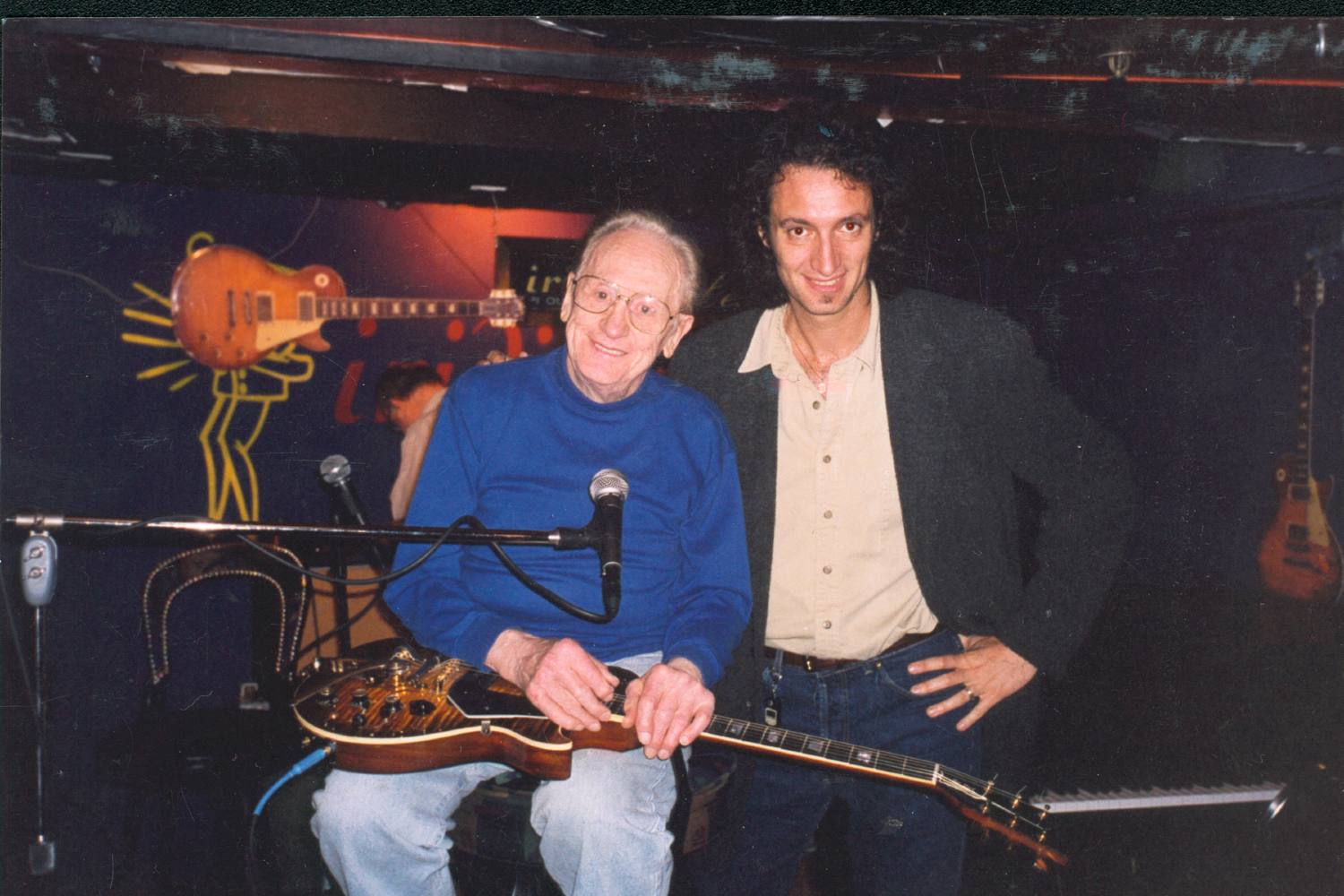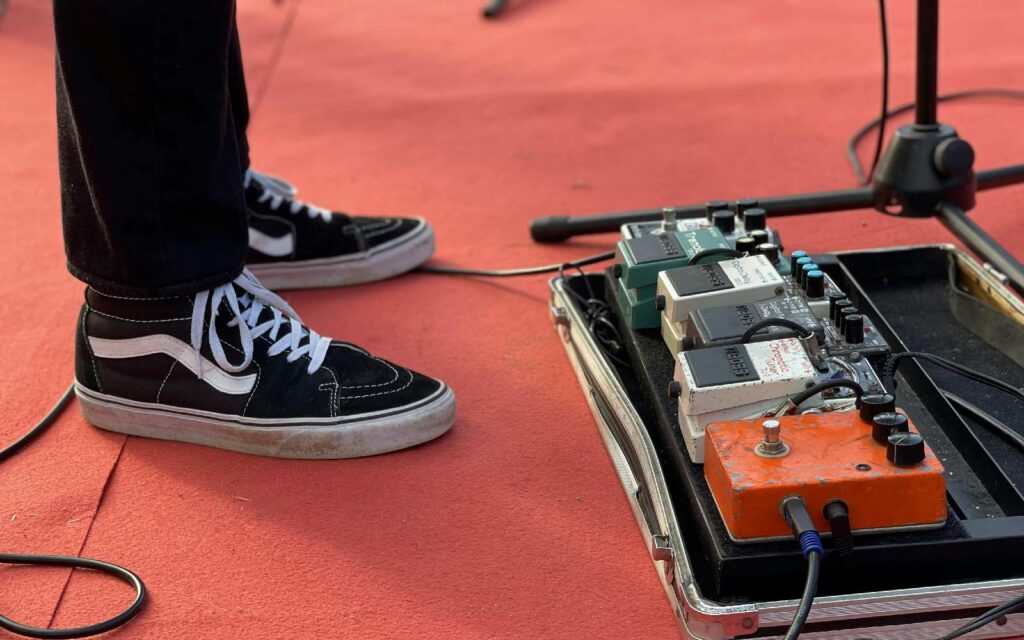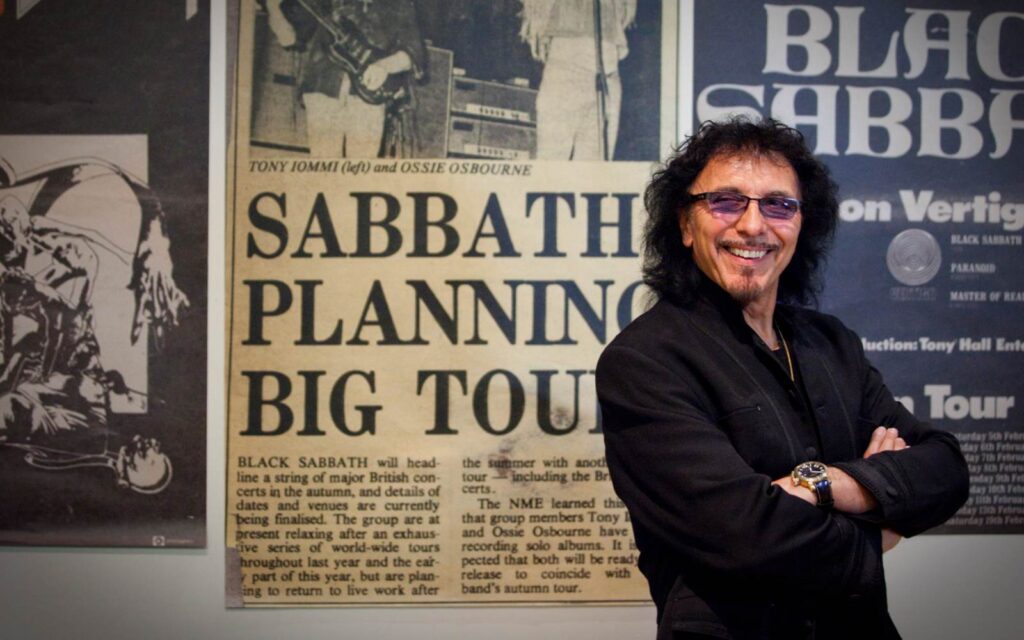From Les Paul calling it the SandBox to Mick Jones loving the sculpting options of the prototype, Barta tells all
When Andrew Barta developed the original SansAmp (now known as the Classic) in New York City over 30 years ago, he couldn’t have known that he would be at the forefront of a trend that would redefine recording and touring.
Barta’s analog audio solutions gave guitarists a pocket-sized tone solution that would allow them to record studio-grade guitar tones without ever touching a mic. Since then his company, Tech 21, has made all sorts of variations on the SansAmp concept, from the revolutionary rack mount PSA-1, to the Fly Rig series of complete tone solutions, to pedals and preamps for Rush bass legend Geddy Lee.
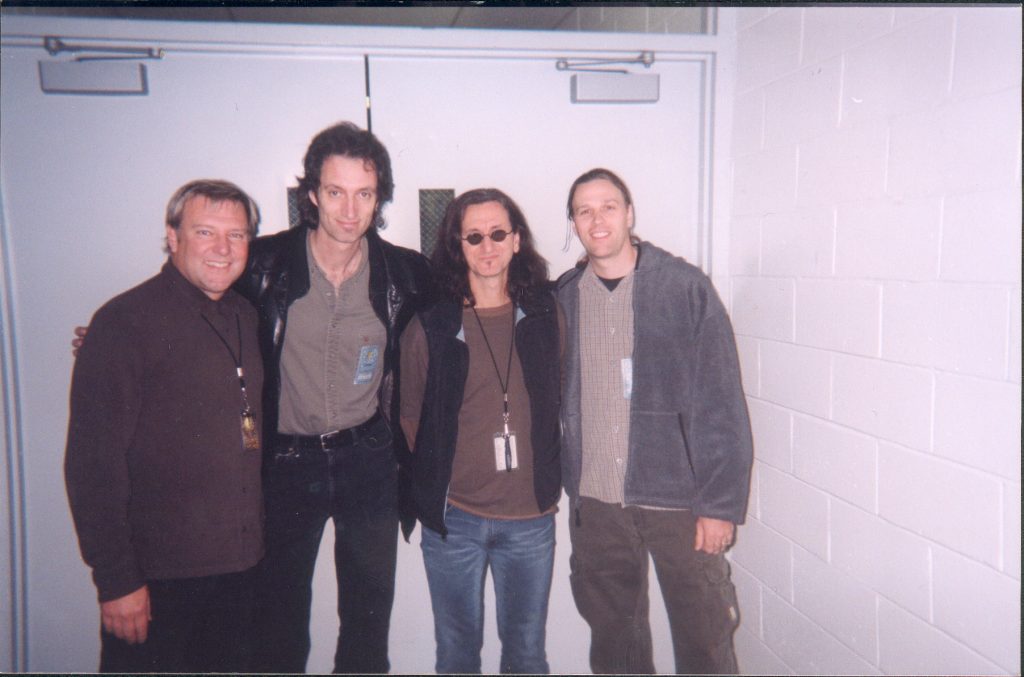
Read up on all the latest interviews, features and columns here.
Mixdown: The SansAmp was ahead of its time when it came out and now 30-something years later there’s still a use for it despite all the digital stuff.
Andrew: Yeah. It’s like all-tube amps, they never went away. There’s other technology and they can offer you a lot, but still tube amps have a certain sound and feel because they’re analog. So I think that’s why this still has merit. I had an artist tell me that sometimes when they play a digital unit, they have to really wrestle with it to try to get the expression out of it. It doesn’t respond to your picking and playing the same organic way as analog equipment.
How did you think to create something like this? At the time there was the Scholtz Rockman, but that was pretty limited – it always sounds like a Rockman.
I had a training in electronics and I always tinkered around with ideas. We were recording with my band at the time and studios were quite expensive and we spent hours and hours just to get a good sound. You’d block out maybe four hours to record something and three hours for setting up and it’s like, ‘Hurry up, hurry up! We have to leave!’ So I wanted to create some kind of solution that gives you that sound that you want and you could carry it with you and it doesn’t take hours to set up. I wanted to find a way to create the sound in a convenient, small format, and that’s how it came about; many different tries, trial and error, but eventually the Classic came. And it’s a funny story because the Classic had all those little switches on it, and that was just for me to figure out the sound. I showed it to Mick Jones from Foreigner and he loved it. He didn’t want to give it back to me. I told him, ‘OK, but you tell me what is the setting? And then I’ll make a pedal like that.’ And he said, ‘Forget it, that’s the best part, that I can play around with it and get different sounds.’ So that’s how, what was originally designed just for service design, actually became a final feature.
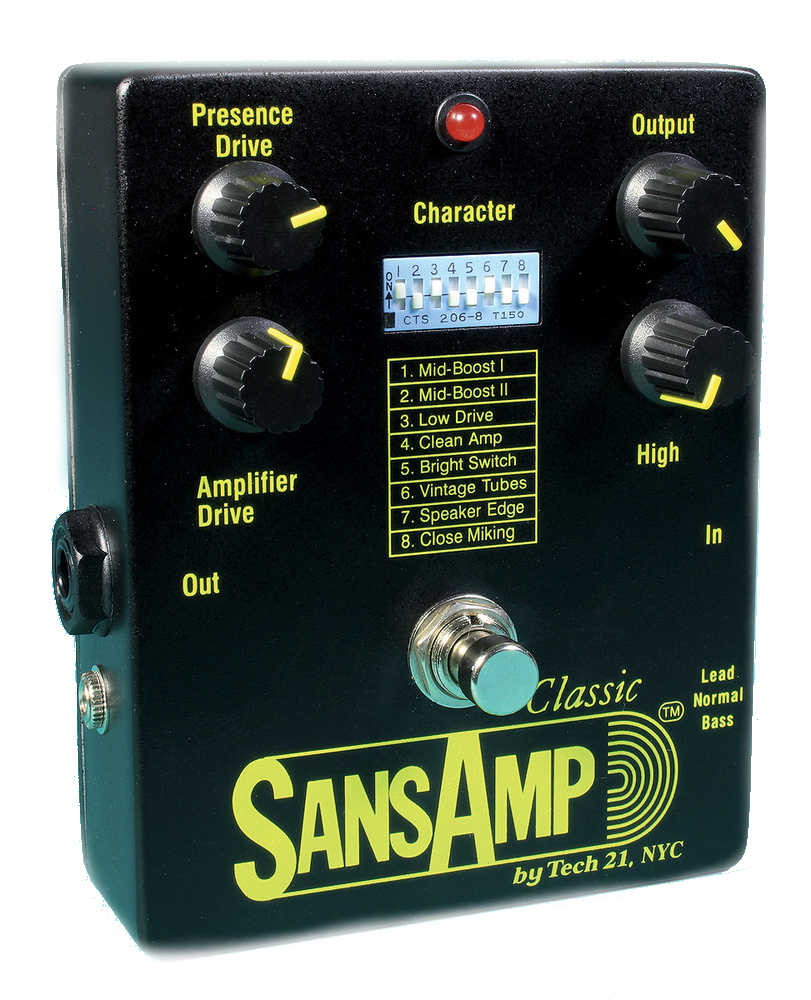
Who were the first artists to use your stuff?
Well I remember when Les Paul called. He called it the SandBox. Not SansAmp, SandBox. His engineer recommended it for his bass player first. They were playing Mondays in a jazz club and they had some trouble getting good bass and when they used our bass DI they were blown away. He had several different bass players because they were always on tours, so when he changed bass players he insisted that his bass player was gonna use the same DI. So that was the first conversation we had about the ‘SandBox’.
What were those early days like?
The first couple months we sold units, I went down to 48th street where all the music stores were. I put a couple units on consignment and they ended up selling in a week, six of ’em, to KISS, to Def Leppard, to the guys from Madonna’s band, because there was nothing else like that. All the guys were telling each other, ‘You need to check this thing out, this is just so cool.’ And even if you had a great setup, it’s still nice to have something you can carry in your gig bag and not to be caught off guard.
And now everyone wants a Fly Rig based on the same tech. That’s a unit whose time is now, everyone wants something like that, but you’ve got this head start because you have this reputation for getting it right since the beginning.
That’s an interesting story because one of my favourite guitar players is Richie Kotzen and I always wanted to meet him. We sent him a delay pedal and he loved it, and then he put it into a box with his overdrive, so we started to talk about creating a multi unit. And I always wanted to do that, but I needed the final nudge from somebody like him, because let’s face it, for a small company it’s expensive to tool up for a brand new product with a different casing. All these micro pedals were coming out at the time and I said, ‘This is stupid that you have to plug in six or seven of them to get something that you can use’, and every plug is a source of a problem, and then when you put the power supply in it, you create the ground loop. So now you’re gonna have hum. So I said, ‘Let’s combine all these ideas into one thing’, which was the Fly Rig, and let’s make our version and also a bass version. But let’s do the Kotzen one because he had a very particular way that he wanted to sound like.
Being a musician, one of the biggest thrills of doing this is meeting your idols. You meet all these incredibly talented people, many times these really humble, nice average people, but they have this special talent, so I’m really grateful that I’m able to do something that used to be my hobby and it became my job.
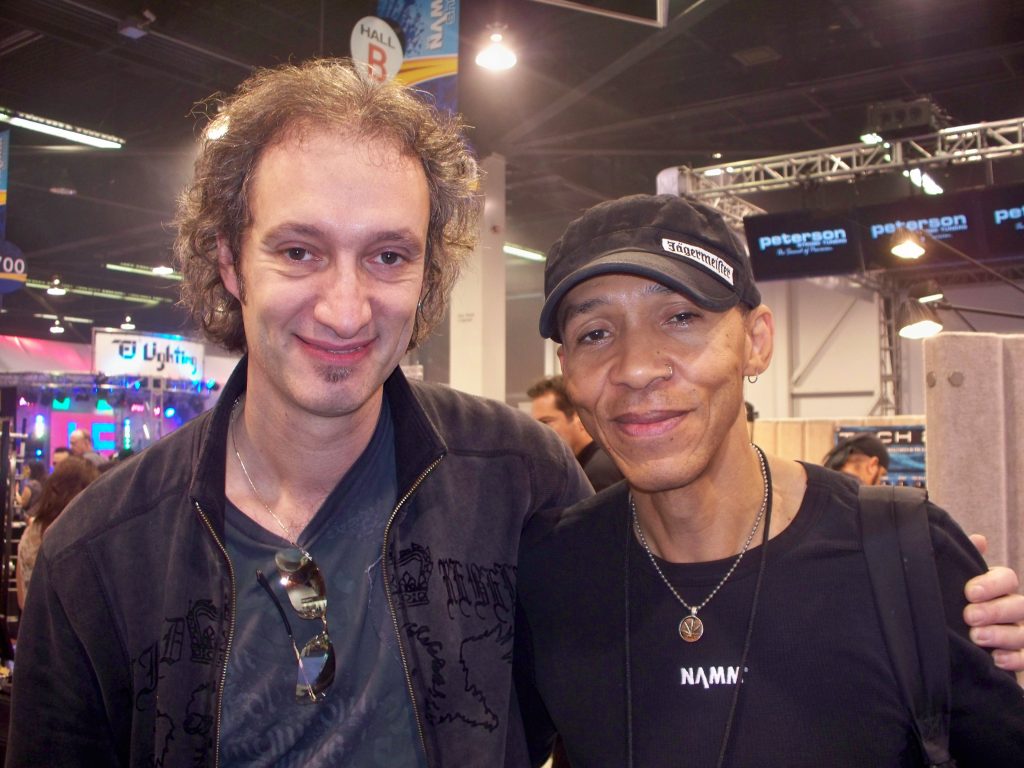
Get your hands on a SansAmp PSA 2.0 signed by Andrew Barta here. Head to National Music for local enquiries on Tech 21 products.
